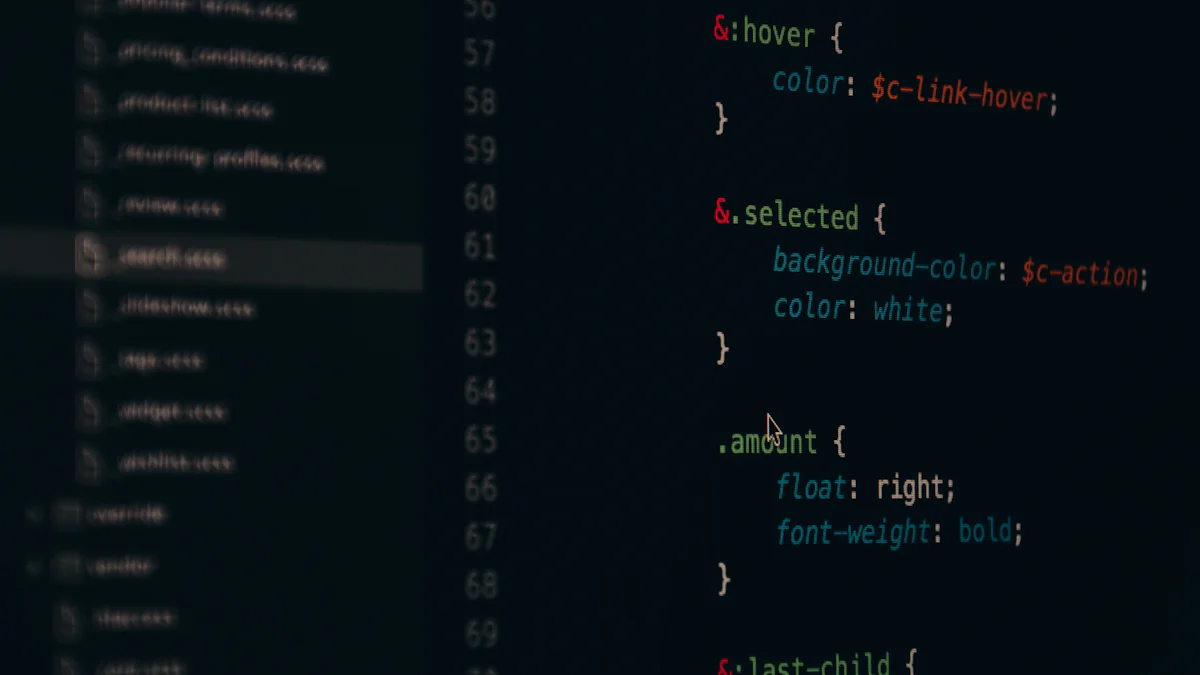
Static quantization is a pivotal technique in the realm of machine learning and deep learning. It involves reducing the precision of numerical values while retaining the model's structure and quality. The significance of static quantization lies in its ability to compress model sizes by up to 75% when quantized to INT8, facilitating seamless deployment on storage-constrained devices without compromising prediction accuracy. This blog aims to delve into the nuances of static quantization (opens new window), debunk myths surrounding its impact on accuracy, and explore its diverse applications in optimizing deep learning models.
# What is Static Quantization?
# Definition
# Reducing precision
Quantization involves reducing the precision of weights and activation tensors in neural networks from their standard 32 or 16-bit format to lower bit precision (opens new window), such as 8 bits. This reduction not only significantly decreases memory overhead but also yields substantial gains in computational efficiency, with matrix multiplication costs significantly decreasing.
# Quantizing weights and activations
By representing weights with lower precision data, quantization effectively reduces memory usage (opens new window) without compromising model accuracy. This reduction in memory footprint contributes to more efficient deployment of deep learning models.
# Quantum Mechanics and Static Quantization
# Differences and similarities
Static quantization shares similarities with quantum mechanics in terms of reducing the precision of numerical values while maintaining the model's overall structure. Both fields aim to optimize computational processes by streamlining the representation of data.
# Applications in deep learning
Due to the massive computational requirements of recent CNN models and the ubiquitousness of edge devices, static quantization has become a popular method (opens new window) for model optimization. Low-precision computation allows for more efficient use of hardware capacity, leading to better efficiency in terms of power consumption. Post-training quantization stands out due to its simplicity of implementation, eliminating the need for model retraining.
# Myths and Facts
# Myth: Loss of Accuracy
# Calibration and tuning
Calibration is a crucial step in mitigating the perceived loss of accuracy during static quantization. By comparing the performance of the static quantized model (opens new window) with its original counterpart, discrepancies can be identified and rectified.
The key lies in the differences observed when using a small subset of data for calibration purposes. This subset serves as a representative sample to gauge the impact of quantization on model accuracy.
To ensure optimal performance post-quantization, a meticulous calibration technique is employed. This involves determining the range of float32 values (opens new window) that best approximates the behavior of lower precision data.
# Quantization-aware training (opens new window)
An effective strategy to combat accuracy degradation is through quantization-aware training. This methodology amalgamates traditional training with quantization effects, allowing models to adapt and optimize their performance under reduced precision constraints.
The calibration process against a specific dataset is pivotal for successful static quantization. By utilizing a dedicated calibration set (opens new window), comprising a few data points, the quantized model's accuracy can be significantly improved.
Careful calibration and evaluation are essential to strike a balance between reducing model size and retaining accuracy levels.
# Myth: Only for Inference
# Use during training
Contrary to popular belief, static quantization can be applied not only during inference but also throughout the training phase. By integrating quantization into the training pipeline, models can learn to accommodate lower precision requirements from inception.
Accelerating the training process is another advantage of employing static quantization early on. It streamlines computations by leveraging reduced bit-widths for weights and activations, expediting convergence rates.
# Benefits and Applications
# Edge Devices
# Reducing model size
- Static quantization, a technique applied during the training phase of an AI model, quantizes weights and activations to a lower bit precision across all layers. This reduction in precision significantly decreases the memory overhead (opens new window), making it ideal for edge devices with known memory requirements. By compressing the model size by up to 75% when quantized to INT8, static quantization ensures efficient deployment on storage-constrained devices without compromising prediction accuracy.
# Improving inference speed
- Theoretically, static quantization outperforms dynamic quantization in terms of performance. Leveraging Quantization-Aware Training (QAT (opens new window)) enhances accuracy and performance metrics (opens new window) when deploying models on resource-constrained devices like edge devices. By fusing activations into preceding layers where possible, static quantization optimizes computational processes and improves efficiency in power consumption. Post-training quantization simplifies implementation by eliminating the need for model retraining, ensuring seamless deployment on edge devices.
# Trade-offs
# Accuracy vs. Speed
- Static quantization offers high accuracy based on its superior performance compared to dynamic quantization. Quantization-aware training requires an additional training process to adjust model weights and reduce quantization loss effectively. Careful calibration and evaluation are essential to strike a balance between reducing model size and retaining accuracy levels.
# Memory footprint (opens new window)
- By reducing the precision of numerical values while preserving the overall structure of the model, static quantization maintains the same model size and memory bandwidth consumption as dynamic quantization but with faster theoretical speeds. The trade-offs between accuracy, speed, and memory footprint should be carefully considered when deciding to apply static quantization to a deep learning model intended for deployment on edge devices with limited computational resources.
By leveraging static quantization's benefits for edge devices such as reducing model size and improving inference speed while considering trade-offs like accuracy versus speed and memory footprint, developers can optimize their deep learning models for efficient deployment in real-world applications.
Recap of static quantization:
Static quantization simplifies the deployment process by precomputing quantization parameters (opens new window) and reducing overhead during inference.
Statically quantized models are more favorable for inference (opens new window) than dynamic quantization models.
Summary of myths and facts:
Static quantization is a technique applied during the training phase of an AI model, where weights and activations are quantized to lower bit precision across all layers (opens new window).
It is beneficial for known memory requirements of the system intended for deployment.
Final thoughts on benefits and future developments:
Embracing static quantization optimizes deep learning models for efficient deployment on edge devices, balancing accuracy, speed, and memory footprint.
Future advancements may focus on enhancing calibration techniques and further streamlining the integration of static quantization into the training pipeline.



